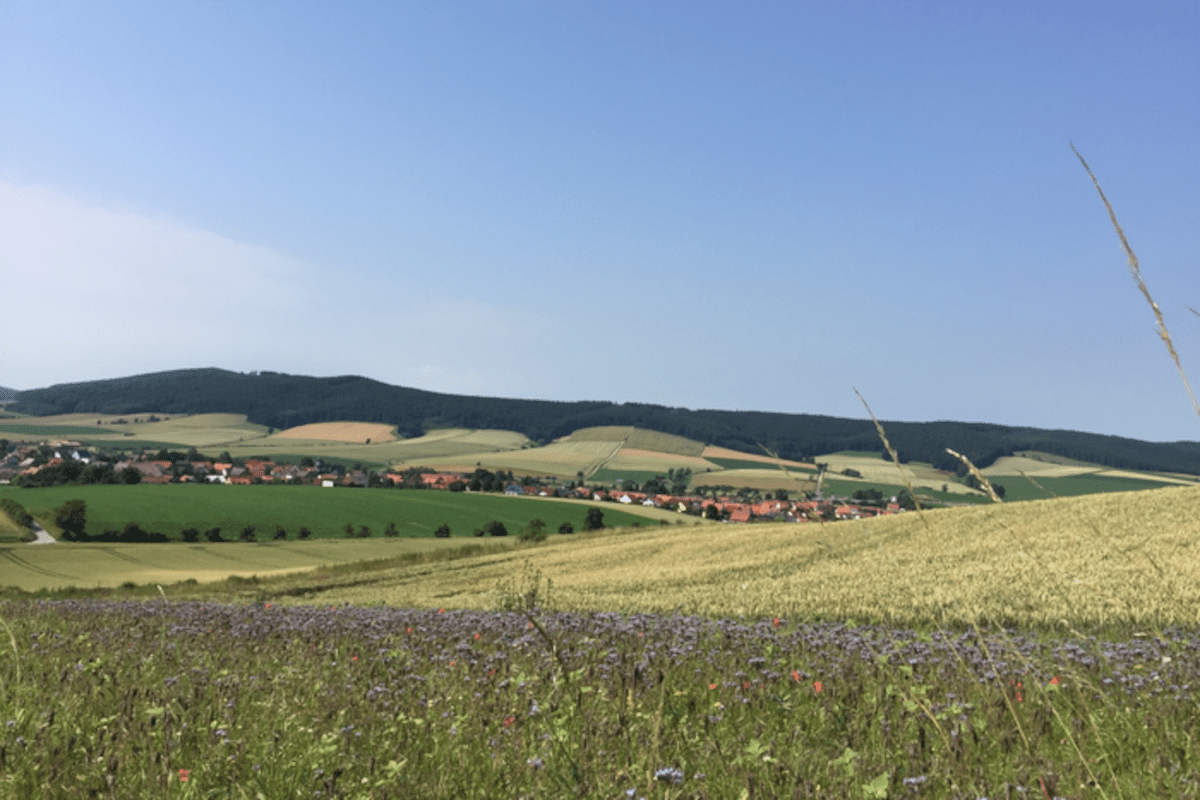
How effective environmental measures in agriculture are for biodiversity and wild bee populations depends on various factors and your perspective, according to agroecologists from the University of Göttingen, Germany and the Centre for Ecological Research in Vácrátót, Hungary.
Their latest research seemingly found that when assessing the effectiveness of different measures, whether in the field (organic farming) or next to the field (flower strips in conventional farming), biodiversity benefits should be evaluated differently. Like-for-like comparisons of environmental measures could easily be misleading, according to the scientists. The research was published in the journal Basic and Applied Ecology.
The researchers studied ten agricultural landscapes near Göttingen, each containing three winter wheat fields: one organic field, one conventional field with flower strips, and one conventional field without flower strips. For two years, the abundance of wild bees was recorded at the edges of each of these thirty fields. The results showed that a simple comparison of the data sampled at specific sites could lead to the conclusion that conventional fields with strips of flowers might attract many more bees than organic fields but this is not the full story.
“When we looked more closely, this did not give us a complete picture because it did not take into account that flower strips only cover about five percent of conventional fields which has significantly fewer bees overall than the organic farmland,” explains Professor Teja Tscharntke, Department of Agroecology at Göttingen University. Dr Péter Batáry, group leader at the Centre for Organic Research in Vácrátót, Hungary goes onto say: “In short, organic farming, which typically has more wild plants than conventional fields, is actually more successful than conventional fields with flower strips in promoting bees.”
The missing piece of the jigsaw is the fact that fields of grain in organic farming yield only half the harvest of conventional farming. When the loss in wheat yield is taken into account, a ten-hectare area of organic farmland should be compared to five hectares of conventional farmland plus five hectares of flower strips, which would lead to 3.5 times more bees but the same yield. In this scenario, organic farming would not be the best way to support wild bees.
“These data and considerations show that different benchmarks and criteria should be taken into account when evaluating agri-environmental measures. It is only when we take into account the area along with the yield together with the type of farming that we can achieve a balanced understanding of the ecological and economic effectiveness of environmental measures,” the authors say.






